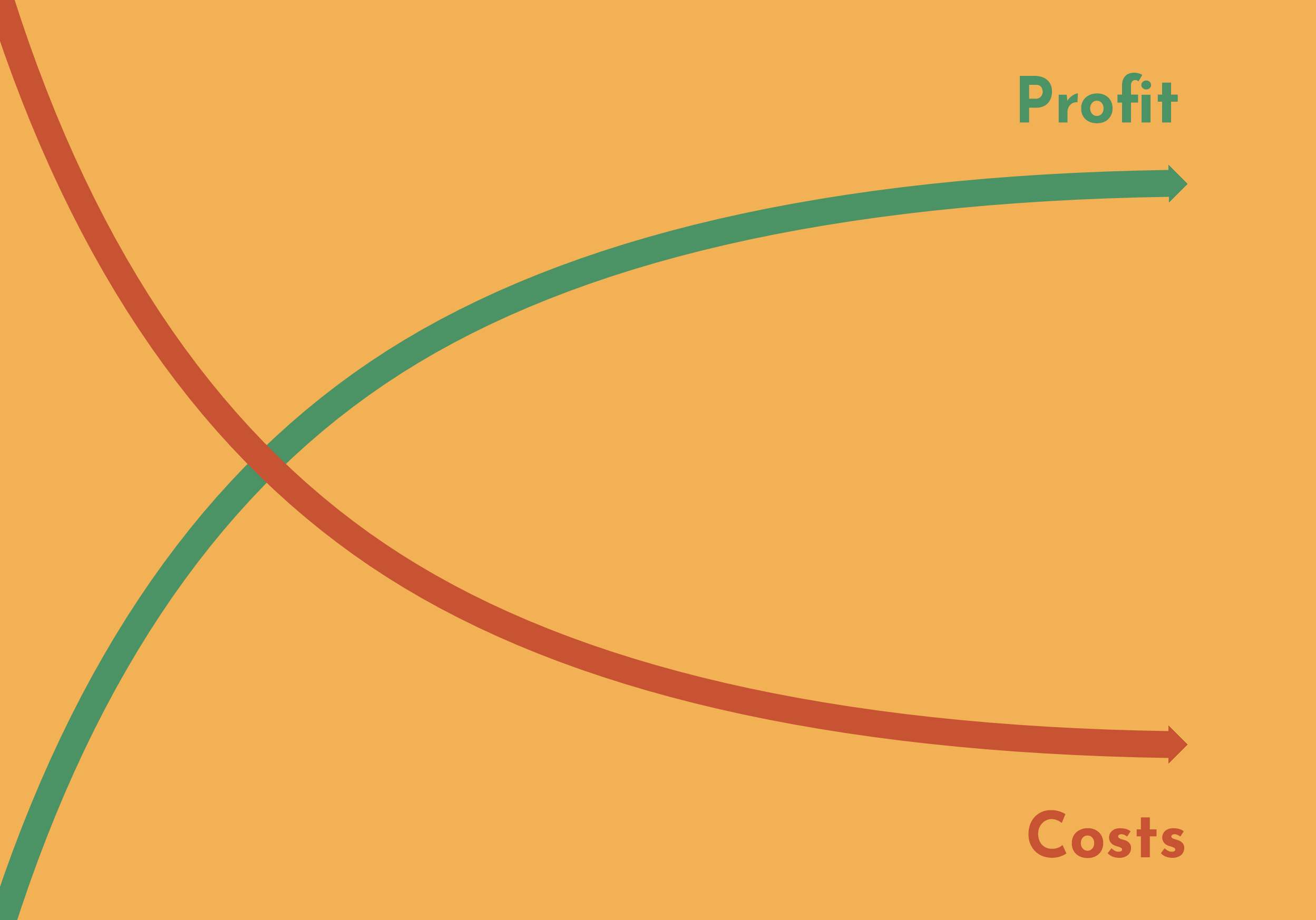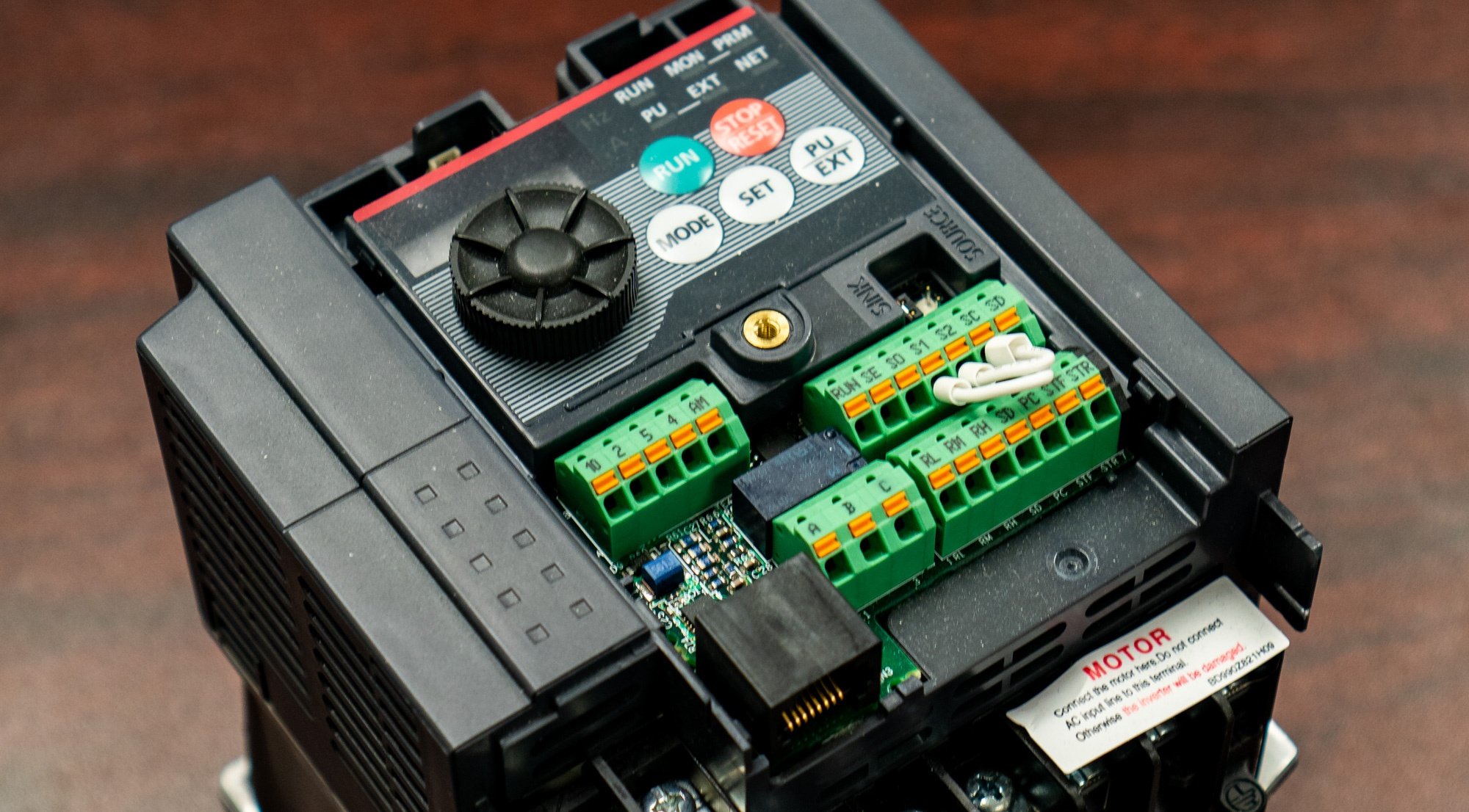In 1988 “great” automotive marketing minds launched a campaign declaring that a new fleet of cars “was not your Father’s Oldsmobile.” The ad campaign was a huge failure for the cars, but it created an idiom that a modern version was going to be very different than what had come before.
Today, technology minds could easily declare, “It is not your Father’s retail experience” thanks to innovations from the Internet of Things (IoT).
IoT has been described as the most important technology of the 21st Century. The term “IoT” describes the network of physical objects and devices (things) that are embedded with technology, software and sensors that connect and send data to other systems or devices via the internet. IoT has been implemented in everything from average looking household objects to high-tech industrial tools. It is projected that there will be 22 billion IoT devices by 2025.
IoT has been made possible through innovative progress on technology fronts including low-cost, low-power sensor technology, advanced connectivity protocols, greater availability of cloud computing platforms, machine learning and analytics to process data and increasingly more accurate conversational artificial intelligence in IoT devices like Alexa and Siri. AndPlus has developed numerous IoT-based solutions, Alerton building automation as a prime example.
Clearly, there is no area of the modern world that is slated to benefit from the IoT revolution as much as the retail space. In 2020, IoT in the retail market was valued at $35.63 billion, and is expected to grow to $67.60 billion by 2026, and $182.04 billion by 2028. The technology has been adopted most widely in North America with momentum being driven by the adoption of the technology and the changes in behavior by American consumers. Asia Pacific is growing the quickest with the highest CAGR year over year. 70% of retailers are confident that IoT will significantly impact how they do business in the future.
Here are six key ways that IoT is improving the retail industry, which will never return to the old ways of doing things:
1. Inventory management and innovations
There has never been inventory visibility to the level that IoT provides. Goods can be “seen” from warehouse to transit to shelves with mind-blowing accuracy. IoT enabled warehouse robots stock and retrieve with precision while transmitting information. Efficiencies for the retailer are enhanced, costs reduced, and the customer experience is improved. IoT sensors constantly stream the real-time data on each item’s exact location. The sensors report how long the item took to move within the supply chain and what bottlenecks in the transit need to be rectified. Delivery forecasts are more accurate as well, so that goods can be processed more efficiently.
For example, Flexe, a company in Seattle Washington, has created a service for retailers where IoT data triggers agile warehousing. Their platform, a cloud-based logistics program orchestrates a cooperation between companies that have too much available warehouse space with companies that need that space on a temporary basis. Both a well-known coffee retailer and a national home and garden company have strategically used the service for their unique inventory pressures. The coffee company needed an increase in inventory for the holiday season, and the home and garden company needed to advance order products to avoid stock-out issues.
2. Real-time monitoring of the condition of goods
One specific factor that can spell success or failure in the supply chain is not just pristine and accurate tracking, it is the assurance that the goods are of optimal quality when they reach the consumer. Perishable food in retail is a prime example of the types of goods that are susceptible to spoilage and deterioration. Grocers lose over $70 million annually due to this kind of loss. Environmental sensors track ambient conditions like temperature, humidity, air quality, light intensity, etc.
Greencarrier Freight Services implemented a best practice in this area over cargo that was not food, but construction equipment. The equipment was being delivered damaged. They implemented environmental sensors which identified changing humidity through the transportation cycle and bumpy roads prior to drop-off as the causes. See how Onset also implemented in its InTemp CX Gateway with AndPlus technology.
3. Customer movement data via beacon technology
Beacons are small devices in the retail establishment that detect information and then send and receive data with other devices. Some beacons can detect a customer’s GPS on their smartphone and track the movement of that specific customer in the store. They can send welcome notes to that customer or send them a coupon. They provide essential data to the store itself about traffic patterns in the store and data the store can use in its in-store merchandising strategy.
The beacon data can suggest effective display setups, and how to layout the aisles and the store space. They can monitor checkout line wait times which allows management to make decisions about staffing or more check-out options. Multinational retailer Carrefour executed a best practice of this technology by installing it in 28 stores. The beacons sent out suggestions based on the customer’s prior purchases. It increased its overall store app users by 600% and its in-app time by 400%.
4. Customer service and shelf stocking robots
IoT can directly manage factors that directly impact the customer service experience in a store. Sensors can affect temperature, lighting, ventilation, and other customer comfort factors. They can also proactively monitor consumable supplies for inventory management and replenishment. IoT beacons can personalize the customer experience by sending relevant offers to them based on where they are in the store, or alert customer service personnel to an area where it is indicated that a customer needs help or can be encouraged to buy.
Walmart, for example, has enhanced the customer experience with Bossa Nova and NCR robots which take images, collect data, and restock shelves so customers are not frustrated with out-of-stock issues. Chatbots are another IoT deliverable that are propelling retail customer service forward. They are available 24/7 and with artificial intelligence can solve most customer questions without human intervention.
5. Payment Systems and automation
IoT payment platforms are taking frictionless transactions to unimaginable levels. Forget even cards with chips, or smartphones. New IoT payment platforms will include cars, kitchen and living room appliances, and watches. At the World Cup, Visa gave its consumers wearable wristbands that gave them the ability to pay for things at the stadium. IoT payment systems are fast including biometrics which use the users' voice, fingerprint, or retina to authorize—which significantly minimizes fraud.
6. Subscription devices and retail
IoT payment devices and other automation create the ability of devices to institute subscriptions with consumers. A person’s washing machine can reorder fabric softener. Device owners can set up their technology to browse, order and pay for goods automatically.
General Motors has turned their cars into payment devices through their OnStar technology. Hewlett Packard has seven million subscribers for “instant ink”. Their printers automatically reorder ink when they hit a specified level.
IoT’s Impact on Retail Has Only Just Begun
IoT and retail can only broaden and become even more revolutionary. It is based on ideas and technical abilities, and as society reacts to different challenges like pandemics, these ideas and abilities are both agile and responsive. Competition between the major technology players will also propel innovations and imagination. As Microsoft, IBM, Intel, SAP and Amazon compete, they each will launch yet another IoT killer app in the file “The Next Great Thing.” Of course, AndPlus will be there developing your custom digital product solution.
No, IoT’s impact on retail does not only make it “not your Father’s Oldsmobile”, it makes it “not your Oldsmobile of ten minutes ago.” Retail will forget about tired automotive sayings and focus on something Buzz Lightyear might say regarding the IoT possibilities for retailers:
“To Infinity and Beyond!”
















